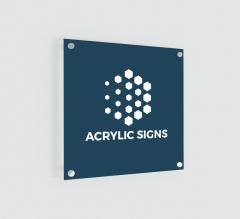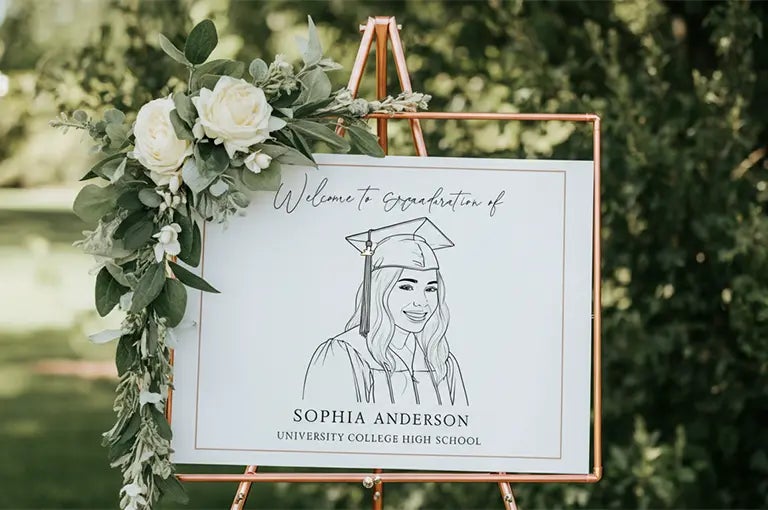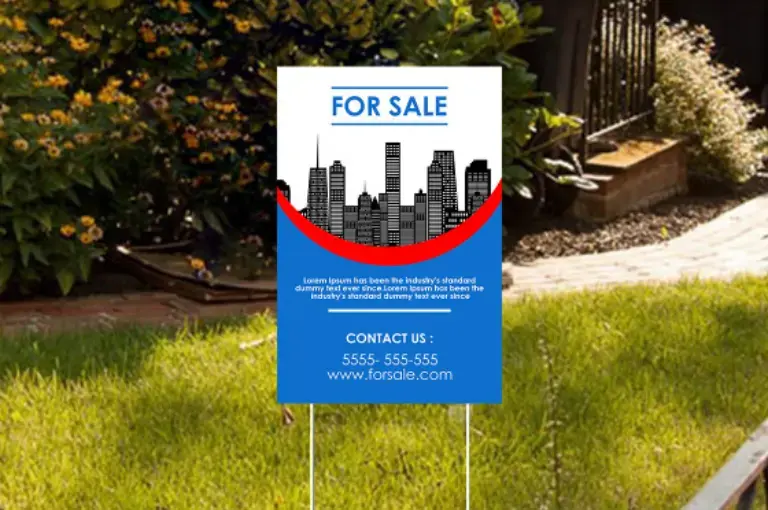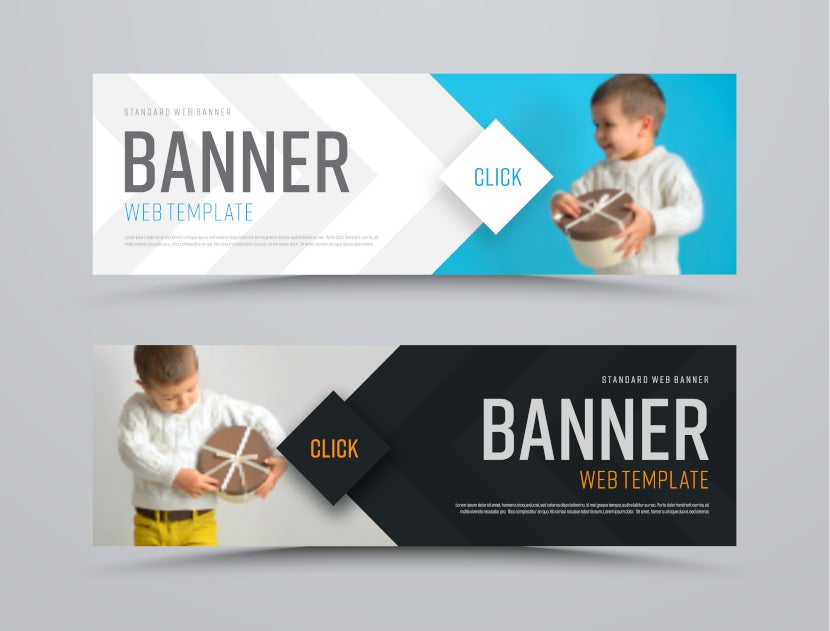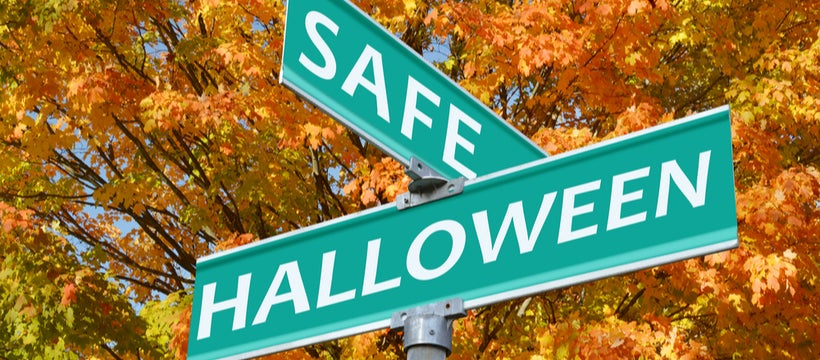
From neon-lit cityscapes to roadside markers steeped in nostalgia, signs play a significant role in American culture and commerce. Signs guide, inform, and captivate audiences, becoming powerful visual symbols over time. Whether it’s the dazzling lights of Las Vegas, the historic markers along Route 66, or the towering Hollywood sign, these icons have left an indelible mark on the nation’s collective memory.
Popular Products
For businesses, signage is more than just a wayfinding tool; it’s a statement of identity and a means of attraction. By analyzing some of the most famous signs in the U.S., businesses can gain insights into how to create impactful, memorable signage that stands the test of time.
The Las Vegas Welcome Sign: A Neon Beacon of Excitement
Few signs capture the essence of a city quite like the “Welcome to Fabulous Las Vegas, Nevada” sign. Designed by Betty Willis and installed in 1959, this 25-foot-tall structure embodies the glitz and glamour of Sin City. Its unique diamond shape, bold red and blue lettering, and gold-starred lights represent the thrill and extravagance that define the Las Vegas experience. The sign, standing at the southern end of the Strip, welcomes millions of visitors each year, setting the stage for the entertainment that awaits them.
One of the most interesting aspects of the Las Vegas sign is that it is in the public domain, meaning it is not copyrighted. This allows businesses and event planners to draw inspiration from its iconic look, incorporating elements like retro fonts, bright colors, and neon accents to create eye-catching signage.
Route 66: The Mother Road’s Enduring Symbol
Dubbed the “Main Street of America,” Route 66 connected the heartland to the Pacific Coast, symbolizing adventure and opportunity. For nearly six decades, travelers relied on the now-famous Route 66 road signs to guide them along the 2,200-mile highway stretching across eight states.
Though officially decommissioned in 1985, about 85% of the original route remains drivable today. The classic white-and-black Route 66 markers continue to be displayed along the highway, serving as a nostalgic reminder of America’s golden age of road trips. Businesses located along the historic route use replicas of the sign to attract tourists eager to experience the romance of the open road.
Pike Place Market: A Seattle Institution
Seattle’s Pike Place Market is one of the oldest continuously operating public markets in the U.S., dating back to 1907. The market has remained a vibrant hub for farmers, artisans, and visitors alike. Its iconic red neon sign, paired with a functional clock, has been illuminating the Seattle skyline since the 1920s.
This signage is more than just a visual landmark – it represents the market’s resilience and deep community roots. The combination of bold red lettering and vintage aesthetics makes it a recognizable symbol of commerce and culture. For businesses, this sign serves as an example of how timeless design and functionality can enhance brand identity and customer engagement.
Radio City Music Hall: Art Deco Elegance in New York
Situated in the heart of Manhattan, Radio City Music Hall has dazzled audiences since its opening in 1932. Part of the Rockefeller Center complex, the venue is known for hosting legendary performances, including the world-famous Rockettes.
The venue’s marquee signage, with its striking Art Deco influences, features vibrant blue, red, and gold neon lights. These signs highlight the importance of branding and architectural harmony, as they seamlessly blend with the theater’s grand design. For businesses, this example illustrates the impact of using color psychology and lighting to create a strong visual presence.
Hollywood Sign: A Symbol of Dreams

Originally constructed in 1923 as “Hollywoodland,” this now-iconic sign was part of a real estate advertising campaign. Over time, it evolved into the definitive symbol of the entertainment industry and the aspirations it represents.
In 1949, “land” was removed, leaving behind the bold “Hollywood” lettering that graces the Los Angeles hills today. This sign has been a beacon of ambition for nearly a century, drawing tourists and dreamers alike.
What makes the Hollywood sign so powerful is its simplicity – bold, white capital letters that stand out against the green hills of California. This reinforces an essential principle of signage: clarity and scale matter. Whether for branding or directional purposes, signs should be easily visible, legible, and instantly recognizable.
Key Takeaways for Businesses
While most companies may not aim to create a sign as iconic as those above, they can certainly take inspiration from these legendary landmarks. Here are some critical elements to consider when designing effective signage:
- Bold and Clear Design: The best signs are easily readable, even from a distance. Choosing strong fonts, high-contrast colors, and uncluttered layouts enhances visibility.
- Strategic Lighting: Neon, LED, and other illuminated signage options ensure visibility day and night. Proper lighting can transform a sign from functional to spectacular.
- Emotional Connection: Signs tell a story. Whether it’s nostalgia (Route 66), excitement (Las Vegas), or aspiration (Hollywood), the most effective signage evokes emotion.
- Timeless Appeal: Classic design elements ensure longevity. The red neon of Pike Place Market or the Art Deco charm of Radio City Music Hall proves that good design never goes out of style.
- Location Matters: A sign’s placement is just as important as its design. Ensure it is positioned where maximum visibility is achieved, attracting the right audience.
Conclusion
Signage is one of the most effective tools a business can use to establish its presence, enhance its branding, and connect with customers. By looking at some of America’s most famous signs, businesses can draw valuable lessons on how to make their own signage more impactful and memorable. Whether it’s through bold design, strategic lighting, or emotional appeal, a well-crafted sign can leave a lasting impression.




























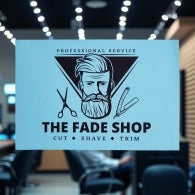
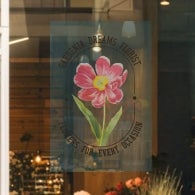



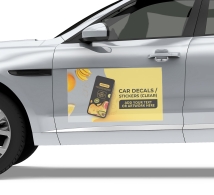




 Posted in
Posted in



